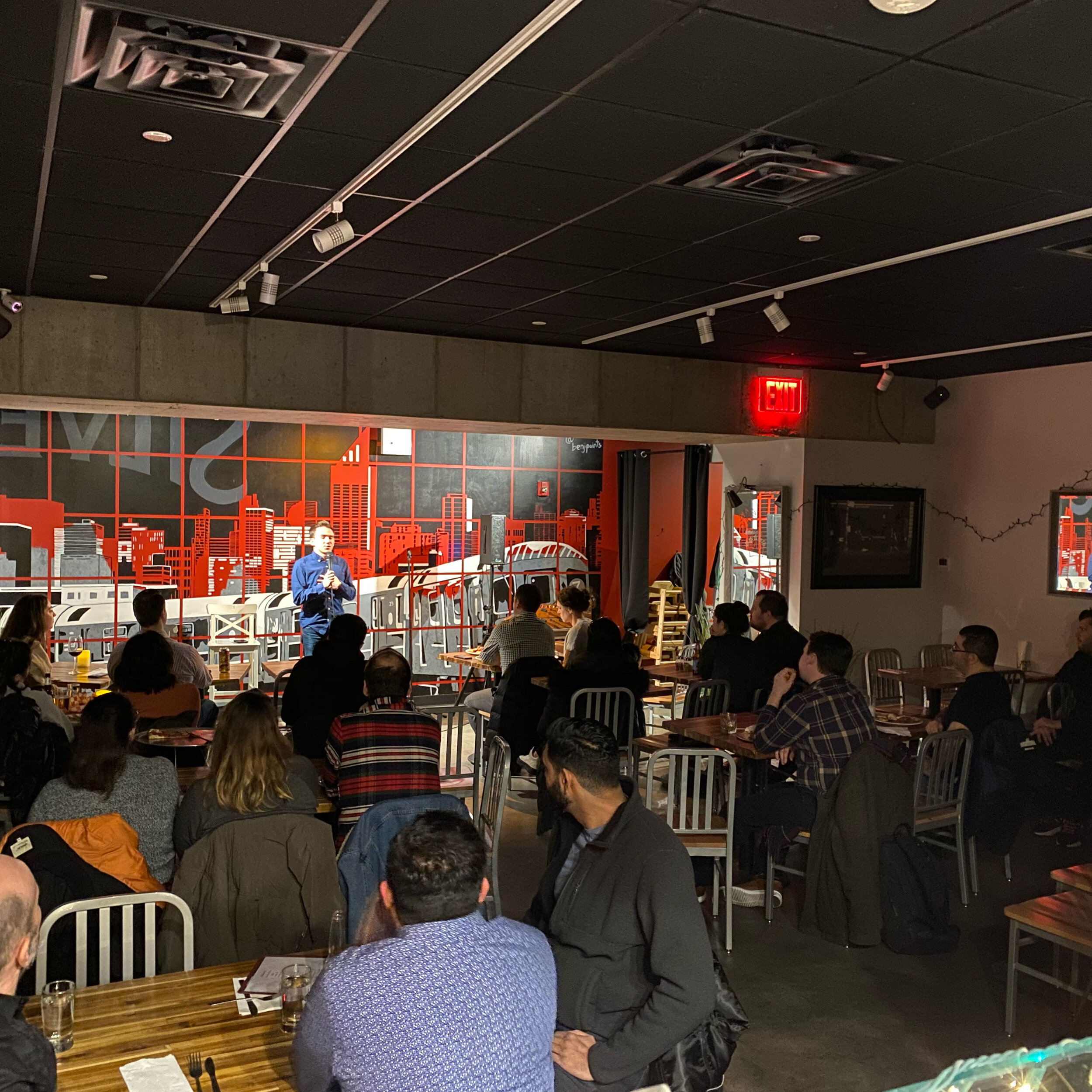A Long Island City restaurant fights to stay afloat during COVID shutdown
/Massa's Coal Fired Pizzeria & Bar in Long Island City used to host performances and generated up to $80,000 a month. Since COVID, the restaurant has made about $10,000 a month. Photo courtesy of Massa.
By David Brand
Massa's Coal Fired Pizzeria & Bar, a once hopping restaurant in Long Island City, used to pull in up to $80,000 a month. But that was before the coronavirus came to town.
“Now we’re doing maybe, if I’m lucky, $10,000 a month,” said owner Bill Massa.
That’s not even enough to cover the restaurant’s monthly rent of $11,000 — a relative steal in Long Island City — let alone wages, insurance and ingredients. “My phone, cable and internet alone is $500 a month,” Massa said.
“I’ve lost tens of thousands of dollars, easily. I lost tens of thousands of dollars in a week.”
For the first time since opening two years ago, Massa has fallen behind on his rent payments. He’s not alone: A survey of 483 restaurants by the New York City Hospitality Alliance found that 420 were unable to pay rent or only able to make partial payments in May.
Massa said he is fortunate to have a landlord who understands the current challenges and is accommodating the business. He has kept the restaurant open, offering 15 percent discounts while relying on third-party delivery apps and occasional takeout customers. But that’s not the type of a business that can sustain a 3,000-square-foot restaurant, he said.
The economic impact of the COVID-19 crisis has devastated the local restaurant industry, which already felt the pinch from slim profit-margins and rising commercial rents that can reach tens of thousands of dollars a month. Queens Chamber of Commerce President Tom Grech has estimated that half of the borough’s 6,000 restaurants may never reopen after the pandemic subsides.
With New York City on the verge of restarting sections of its economy, Massa and other restaurant owners say opening at anything less than full capacity could still spell doom. But even that may not be enough to make up for recent losses.
Large establishments usually rely on a steady flow of customers throughout the day and night. Modified capacity rules — likely to begin elsewhere in the state — will hinder that stream of diners, he said.
“There’s really no way other than having every seat full and turning them,” he said. “It’s a calculation. If you have 50 seats, you need to have them all full, turn them twice. Times that by $30 a head and there’s your revenue.”
Restaurant owners will also face additional challenges and unforeseen expenses — like regular deep-cleaning fees and the cost of constructing plexiglass partitions between every table, Massa said.
But even if restaurants were allowed to open at full capacity, the fate of local establishments will depend on customers and the ripple effect from other sectors of the economy.
Massa’s stays open until 2 a.m., often serving flight attendants and pilots staying at local hotels as well as the creative class in nearby WeWork offices. But few people are traveling these days; and those WeWorks may stay vacant for a long time.
“It sounds corny, but it’s up the American people,” he said. “I plan on staying open, giving 100 percent like I have been and I just hope people continue to come in.”




